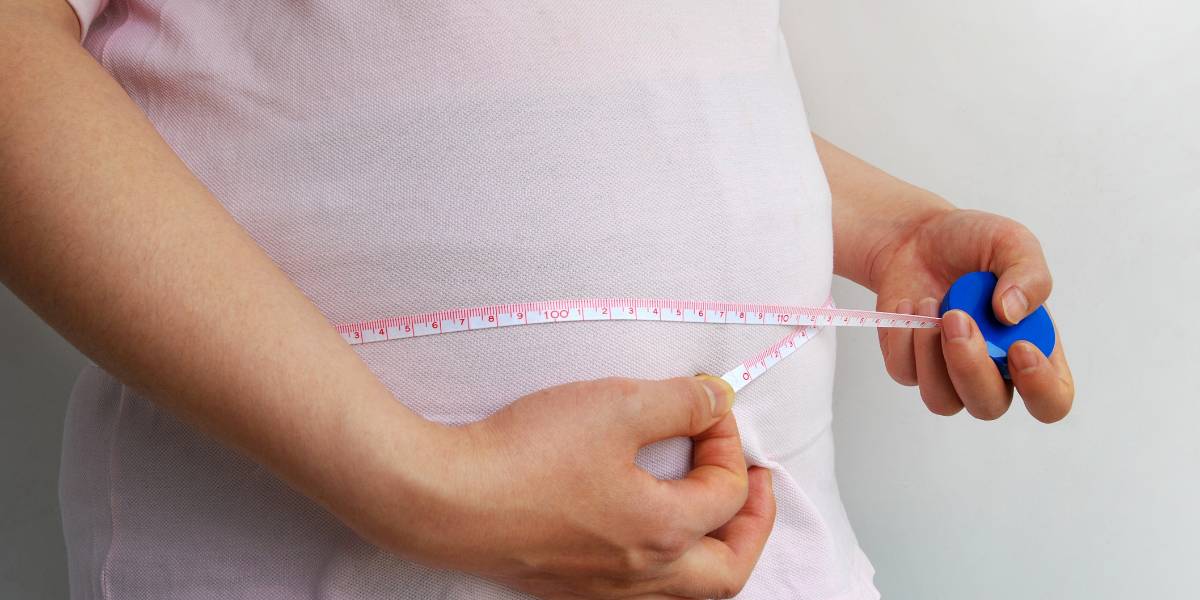- Body roundness could be a better predictor of heart health than BMI.
- Chinese study tracked nearly 9,935 participants over 5 years.
- A BRI was associated with an increased risk of CVD.
A new study suggests that the Body Roundness Index (BRI) could be a more effective measure than Body Mass Index (BMI) in predicting how excess weight impacts heart health.
The Body Roundness Index, or BRI, compares a person’s waist circumference to their height and provides an estimate of abdominal fat – particularly the dangerous visceral fat that surrounds internal organs.
This makes BRI a more targeted measure of body fat than BMI which compares weight to height and can sometimes give misleading results.
- Body Mass Index (BMI) Calculator
- BMR Calculator
- Abdominal fat and chronic pain linked in first-of-its-kind study
For example, athletes with higher muscle mass can have a high BMI but very little body fat.
Researchers found that people with a high BRI over a six-year period had a 163% increased risk of developing heart disease.
Even those with a moderate BRI had a 61% increased risk.
The study tracked nearly 10,000 adults in China over the age of 45 during the 2010s.
Researchers analysed how participants’ BRI changed over time and its impact on their heart health.
They discovered that higher and increasing BRI levels were significantly linked to an increased risk of heart disease, stroke, and heart attacks – even after accounting for other heart health factors such as blood pressure, blood sugar and cholesterol levels.
While BMI has long been used to assess obesity, BRI could provide a clearer picture of cardiovascular risk by focusing on belly fat and visceral fat.
- Glucose and fatty acid handled differently by female and male muscles
- Children whose mothers have type 1 diabetes less likely to have condition than if their father does
- First large-scale study shows consuming proteins and fats can help manage insulin
Visceral fat is known to increase the risk of inflammation and other conditions that negatively impact heart function.
Dr. Yun Qian, the senior investigator from Nanjing Medical University’s Wuxi Center for Disease Control and Prevention, explained: “Our findings suggest that BRI measurements could be used as a more accurate predictor of cardiovascular disease.”
The study, published in the Journal of the American Heart Association highlights the importance of focusing not just on weight but also on how fat is distributed in the body when assessing heart health risks.







